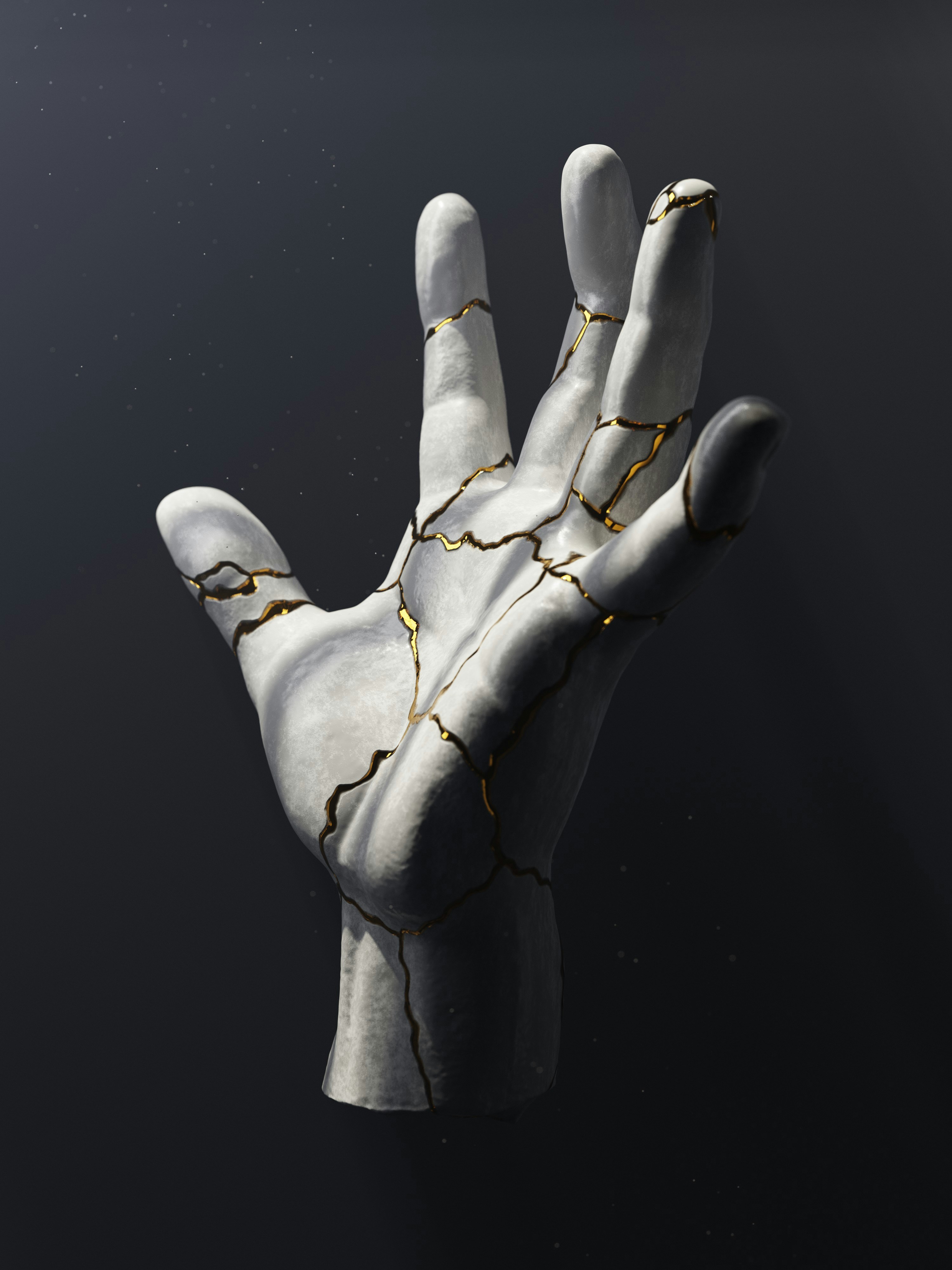Cup Product and Join Product
The “cup product” in de Rham cohomology and the “join product” (symbolized as “∨” or “∨”) in Geometric Algebra are not the same thing. They are completely different operations used in different contexts for different purposes, even though they share a similar-looking symbol (or a related one) and a connection to an exterior product.
Let’s break down each one to clarify the difference.
1. The Cup Product (∪) in de Rham Cohomology
-
Mathematical Setting: Algebraic Topology and Differential Geometry.
-
What it does: The cup product is a bilinear operation on cohomology classes.1 It takes a cohomology class of degree p and a cohomology class of degree q and produces a new cohomology class of degree p+q.
-
How it’s defined (in de Rham cohomology): As we touched on, it’s defined using the wedge product of differential forms. If and are two cohomology classes, their cup product is defined as the cohomology class of the wedge product of their representative forms:5
The magic is that even though the wedge product is not well-defined on the equivalence classes in general, the wedge product of two closed forms (which are the representatives of cohomology classes) produces a form whose cohomology class is unique. This is a non-trivial result that makes the cup product well-defined.
-
Purpose: The cup product gives the direct sum of all cohomology groups, , the structure of a graded-commutative algebra, called the cohomology ring. This algebraic structure encodes crucial topological information about the manifold, such as the number of ways a p-dimensional cycle can “link” with a q-dimensional cycle to form a (p+q)-dimensional cycle.
2. The Join Product (∨) in Geometric Algebra
-
Mathematical Setting: Geometric Algebra (Clifford Algebra).
-
What it does: The join product is a bilinear operation on blades (or multivectors) that lie in the same geometric algebra. It takes two subspaces (represented by blades) and produces the blade that represents the smallest subspace containing both original subspaces. This is equivalent to finding the sum of two subspaces.
-
How it’s defined: The join product is often defined as the dual of the meet product (∧). In Geometric Algebra, the dual of a blade is obtained by multiplying it by the highest-grade element (the pseudoscalar) of the algebra.
where is the dual of , and the final star denotes the dual of the result. Note that the symbol for the join product is often a “vee” (∨), which looks like an inverted wedge, a nod to its dual relationship with the meet product.
-
Purpose: The join product is part of a powerful geometric framework called the meet and join of flats.
-
The meet product finds the intersection of two subspaces.
-
The join product finds the union (or span) of two subspaces.
This gives a powerful, coordinate-free way to solve geometric problems. For example, in 3D, the join of two lines gives the plane that contains them, as long as they are not parallel.
-
Summary Table
| Feature | Cup Product (∪) | Join Product (∨) |
|---|---|---|
| Field | Algebraic Topology, Differential Geometry | Geometric Algebra (Clifford Algebra) |
| Operates On | Cohomology classes of differential forms | Blades/multivectors in a geometric algebra |
| Mathematical Definition | Defined on the cohomology level from the wedge product | Defined on the algebra level from the meet product (∧) via duality |
| Purpose | Gives cohomology a multiplicative structure (a ring) that encodes topological linking | Gives a way to find the span/union of geometric subspaces |
| Analogy | A measure of how “holes” link together | A calculation of the smallest space that “contains” two other spaces |
While it’s easy to confuse the symbols and their connection to the wedge product, they are distinct concepts. The cup product operates on abstract cohomology classes to reveal topological structure, while the join product is a concrete geometric operation on multivectors used to solve problems of intersection and union in a unified algebraic framework.




